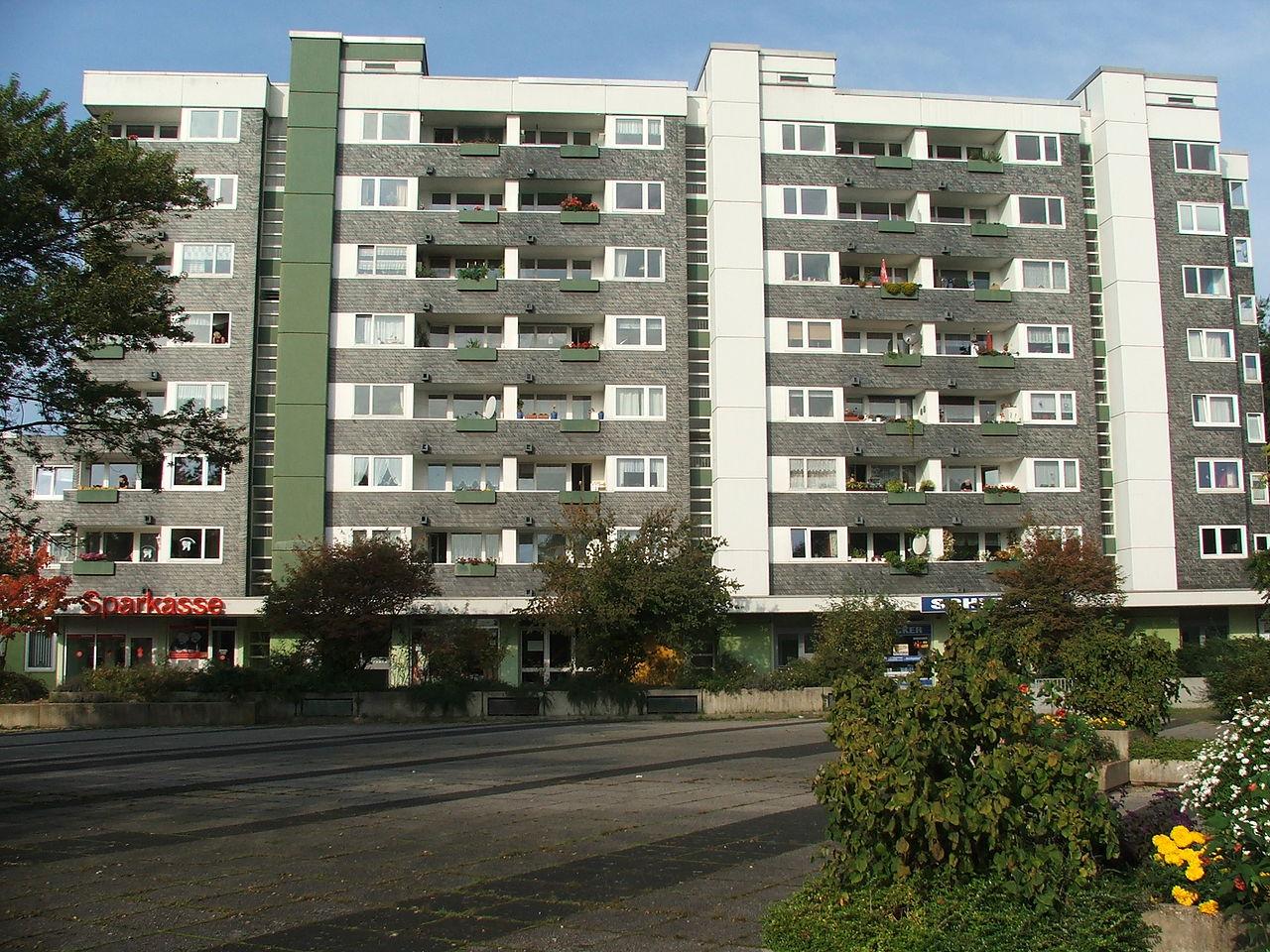
© Foto: Simplicius; Lizenz: CC BY-SA 3.0
© Foto: Simplicius; Lizenz: CC BY-SA 3.0
© Foto: Simplicius; Lizenz: CC BY-SA 3.0
Hustadtring, 44801 Bochum
Icon legend
![]() This icon indicates an awarded building
This icon indicates an awarded building
![]() This icon indicates a listed building
This icon indicates a listed building
![]() Projects with this logo are on the UNESCO World Cultural Heritage list
Projects with this logo are on the UNESCO World Cultural Heritage list
![]() Project has been converted, renovated or extended
Project has been converted, renovated or extended
x close
![]()
![]()
1960er Jahre
Architekt Prof. Hanns Dustmann
(initial building)
wbp Landschaftsarchitekten
(Brunnenplatz, Spielplatz am Hustadttor, Pakcourfläche)
Danielzik + Leuchter Landschaftsarchitekten bdla
(Hufelandplatz, Grüne Achse, Innenhöfe)
Advanced search with more criteria
Total projects: 483
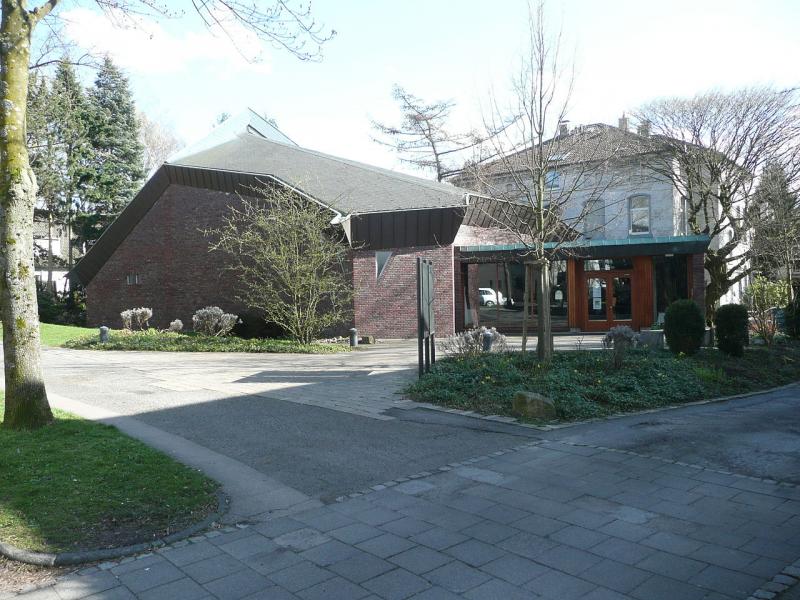
44803 Bochum
Distance: 2.53 km
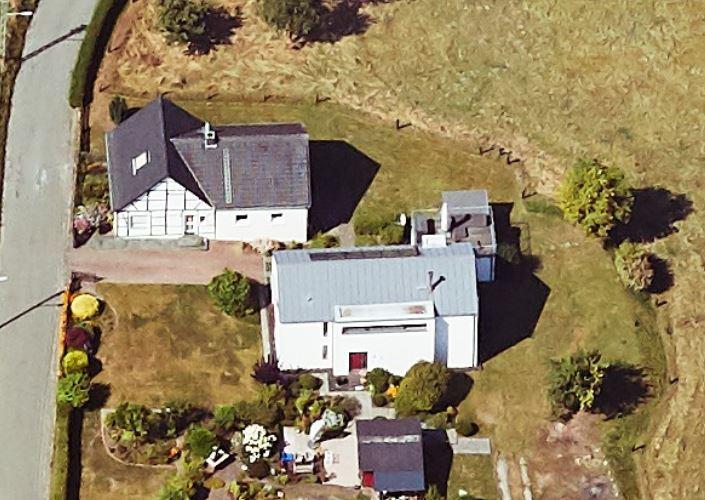
44797 Bochum
Distance: 2.56 km
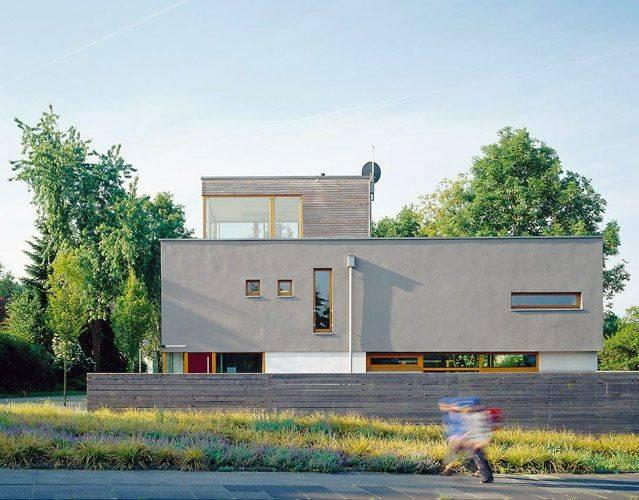
58455 Witten
Distance: 3.03 km
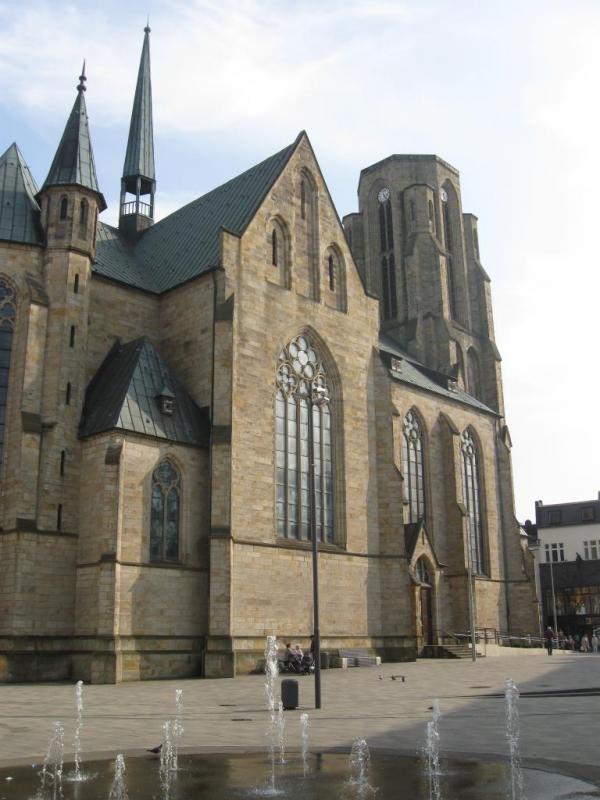
45894 Gelsenkirchen
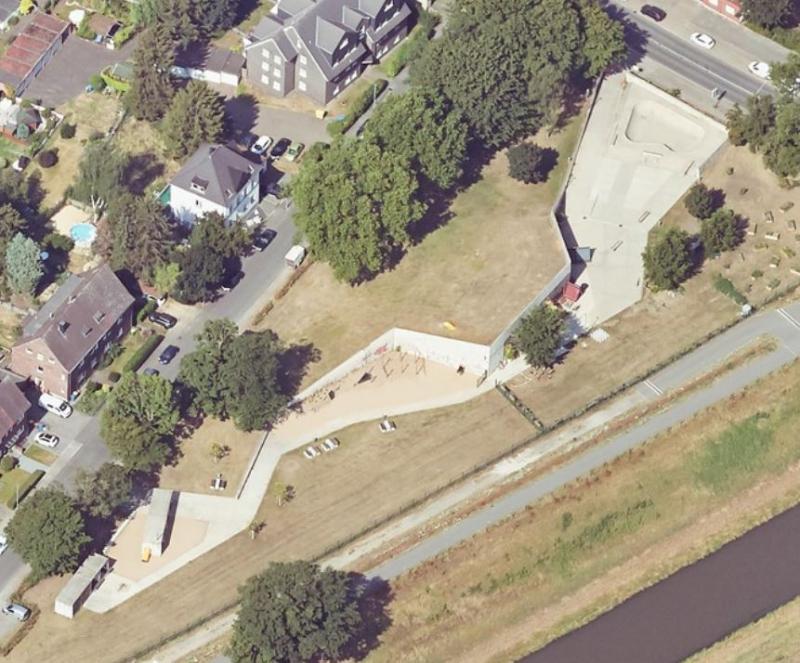
46147 Oberhausen
Hustadt in Bochum functions as a prime example of housing estate construction in the 1960s and 1970s. Originally built as residences for university staff, Hustadt, with its roughly 1,200 flats in high-rises built around single-family bungalowstyle houses, has aged. Antiquated flats and social problems have contributed to this estate’s bad image, an image many large-scale housing estates of its kind have also had to combat.
Since 2007 Hustadt has been under renewal as part of the “Stadtumbau West” funding programme. 8.1 million Euros have so far been invested in enhancing the estate and attracting new residents by opening up Hustadt’s castle-like interior, designing new paths and signs throughout the area, and stabilising social networks by providing housing specifically adapted to certain target groups. Measures have also included the conversion of large, hard-to-rent flats into housing suitable for flat-sharing groups like students and the establishment of the new VBW tenant’s office. One important structural intervention was the “Tordurchbruch” (“gate breakthrough”), which entailed opening up a residential building to create a new entrance to the estate and as visible starting point for the whole redesign of the residential quarter. This provided clear access to Brunnenplatz, the neighbourhood’s central square. Initial indications of success encourage the hope that Hustadt can once again be regarded as a sustainable residential area. The neighbourhood’s features are being rediscovered: plenty of green space, generous recreation and play areas, modern housing and the close proximity to the university.
Awards:
nrw.landschaftsarchitektur.preis 2016 (BDLA NRW), Preisträger
Author: Route der Wohnkultur / Redaktion baukunst-nrw
Last changed on 24.03.2010
Categories:
Urban Design » Square and Neighbourhood Planning
Architecture » Residential buildings » large housing development

